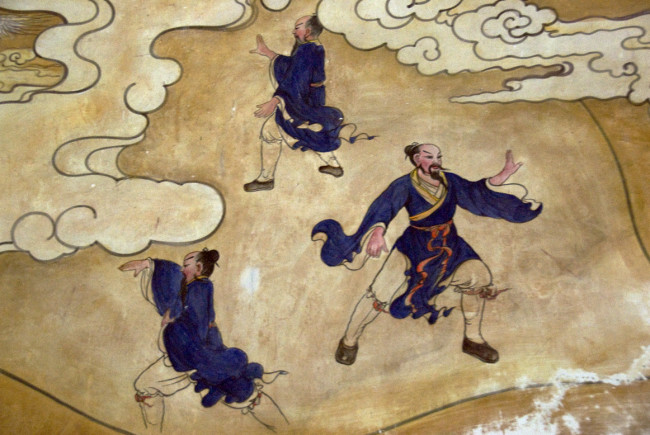 One of the best web pages I have seen that discusses the complex “History of Tai Chi Chuan” is that provided by Tai Chi Wizard which you can read in full here. Of course much of the early origins is shrouded in mystery and much of the story is guess work. I am sure there are scholars who would argue with the details fo the timeline in Tai Chi Wizards historical review. However for the purposes of most students having a basic understanding of the history of Tai Chi Chuan will suffice.
One of the best web pages I have seen that discusses the complex “History of Tai Chi Chuan” is that provided by Tai Chi Wizard which you can read in full here. Of course much of the early origins is shrouded in mystery and much of the story is guess work. I am sure there are scholars who would argue with the details fo the timeline in Tai Chi Wizards historical review. However for the purposes of most students having a basic understanding of the history of Tai Chi Chuan will suffice.
Each generation, we are talking at least 600 years from the early origins of modern Tai Chi Chuan, has brought its own variations and styles into the system. With such a long history, it is inevitable that there will be any number of historical oddities whose original meaning has been long forgotten but yet people still routinely include in their practice. So understanding where your school of Tai Chi “fits” in the passage of history can help you better appreciate your particular style and can actually help improve your practice. The origins of Tai Chi are quite appropriately steeped in mystery and legend, making it difficult to pin down a precise point of “where Tai Chi started.” However we can surmise some early influences from the few documents that have survived. For example some of the following influences may have been important to the early origins of what we now call Tai Chi Chuan.
Bodhidharma
For instance, some would say that we can attribute origins to Bodhidharma (called Ta Mo in China), a Buddhist monk from India who traveled to China in the 5th or 6th century. The story goes that Bodhidharma observed the Shaolin monks neglecting their bodies due to too much meditation and not enough exercise, and so he taught them a series of external exercises called the Eighteen Arhat Hands (Shi-ba Lohan Shou). There is also conjecture that he taught them the Yi Jin Jing, or “Muscle/Tendon Change Classic”, an early classical form of Qigong. Several of the classical poses of Tai Chi (e.g. Single whip, Play the Pi’pa, White Crane Spreads it’s Wings, etc.) can apparently be attributed to these forms.
Five Animal Frolics
Other researchers will quickly point to Hua-tu’o, a physician of the Three Kingdoms period (220 to 265 AD), who is attributed to the creation of Wu-chi chih hsi, “Movements of the Five Creatures,” aka “Five Animal Games,” aka “Five Animal Frolics.” Hua-tu’o advocated that exercise was essential to good health and longevity prescribing movements that imitated animals — tiger, deer, bear, ape and birds. The Five Animal Frolics emphasis on natural movement can be seen as a precursor to the movements of Tai Chi Chuan.
Lao Tzu
Then there are proponents remind us about the deep roots Tai Chi has in Taoism. One only has to look at the Tao Teh Ching by Lao Tzu to see this:
Yield and Overcome; Bend and be straight.
And
He who stands of tiptoe is not steady. He who strides cannot maintain the pace.
It could be easily said that the philosophy of Lao Tzu is the philosophy of Tai Chi Chuan, that Tai Chi Quan is perhaps a psychical expression of Taoism. Especially when you look deeper into Yin Yang theory, the Five Elements, and the Bagua of the I Ching you see very profound related connections between Tai Chi Chuan and Taoism.
More recent history
The beginnings of Tai Chi Chuan start to become clearer with the passage of time but even then there is much that is guess work and little real evidence. Many attribute the development of internal martial arts and even the practice of Tai Chi Chuan to Taoist monk Zhang Sanfeng (1391 -1459). It is said that he developed the 13 postures that are still a fundemental part of Tai Chi practice after watching a Snake and Crane fighting and observing the fluid nature of their movements.
Others cite Chen Wangting (1580 – 1660) is that he is the first historically verifiable originator of Tai Chi Chuan.This noted martial artist is supposed to have drawn together from various different sources the style of Tai Chi that was then handed down through the Chen family.
The article on Tai Chi Wizard offers a more detailed break down of the development of Tai Chi Chuan from the 1600′s onwards and includes a wonderfully detailed family tree. This shows clearly the different family lineages from Chen Wang Ting onwards. It outlines for us the emergence of the different styles of Chen family, Yang family, Wu family and Sun family styles of Tai Chi Chuan that are popular today.
For the full article and references to sources have a look at the Tai Chi Wizard webpage on the “History of Tai Chi” in full.
[This article was first published on www.longtoutaichi.com in July 2013]
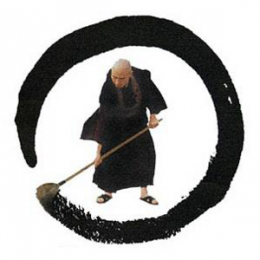






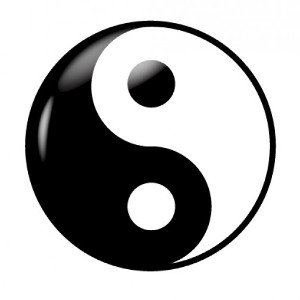 China Tai Chi Guide
China Tai Chi Guide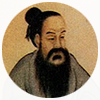 Five Elements Academy
Five Elements Academy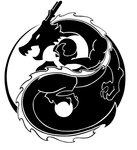 Long Tou Shan Tai Chi School
Long Tou Shan Tai Chi School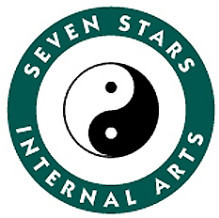 Seven Stars Internal Arts
Seven Stars Internal Arts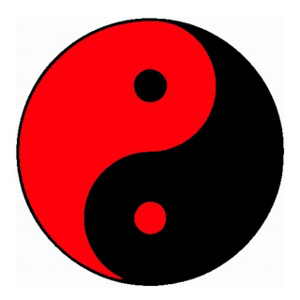 Traditional Tai Chi School
Traditional Tai Chi School Wandering Dao, China
Wandering Dao, China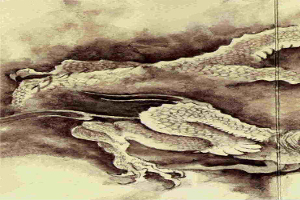

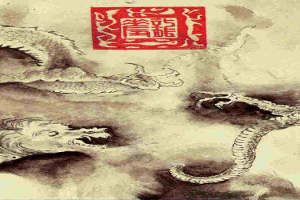

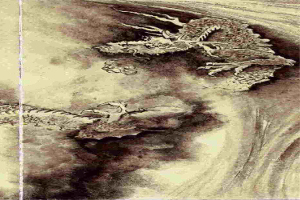

That is a repetition of many untrue myths and a far cry from real research on the topic, sorry to say!
Well I don’t claim to be an expert professional researcher or even an amateur I am just interested in the subject and like to engage in discussion on the subject so I am very interested to hear your views on the subject.